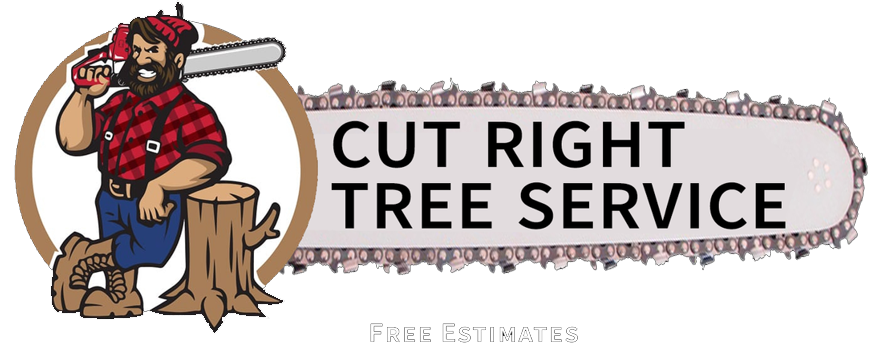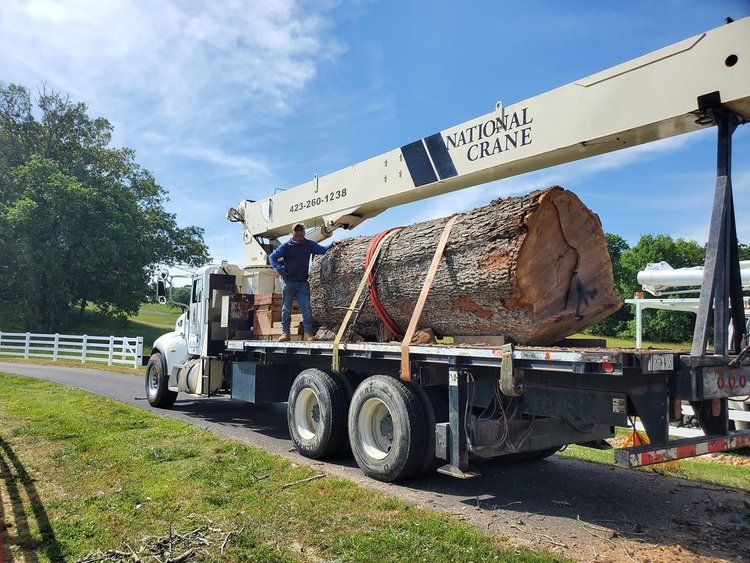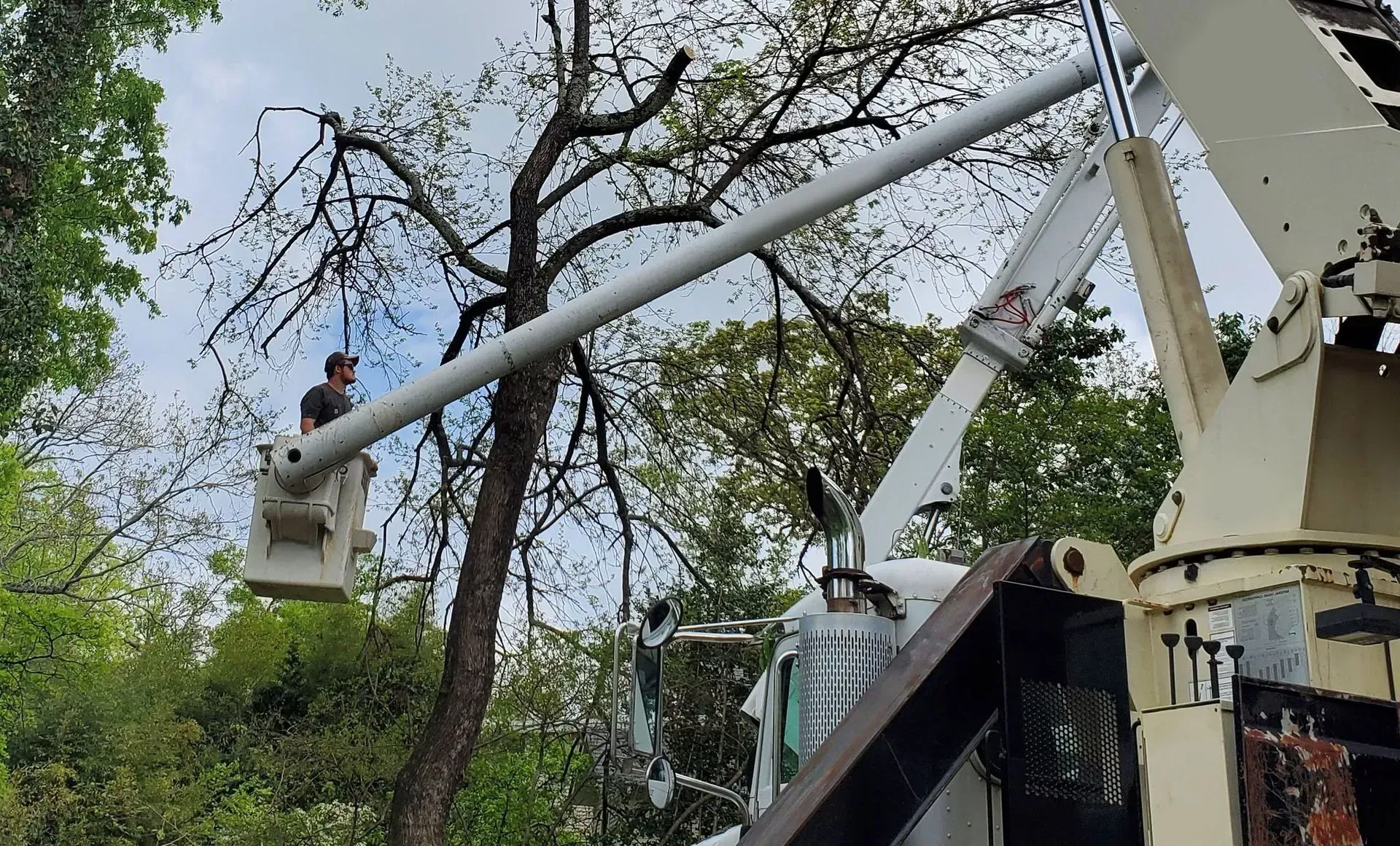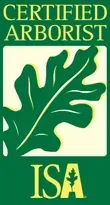Protect Your Home and Landscape with Professional Tree Inspection and Removal

Trees add beauty, shade, and value to your property, but when they become hazardous, they can pose serious risks to your home and safety. Identifying potentially dangerous trees before they cause damage is crucial for maintaining a secure environment. Knowing the warning signs can help prevent property damage, injury, and costly emergency tree removal. In this blog, we’ll guide you through the key indicators of hazardous trees and explain how professional tree service, including tree trimming, tree pruning, stump grinding, and crane-assisted tree removal, can help keep your property safe.
Signs of a Hazardous Tree
Regular tree inspections can help you spot potential hazards early. Here are the most common warning signs that a tree may be dangerous:
1. Dead or Dying Branches
One of the most noticeable signs of a hazardous tree is the presence of dead, broken, or dying branches. These limbs can fall unexpectedly, especially during storms or high winds, posing a risk to people and structures. Professional tree trimming can help remove these weak branches before they become a problem.
2. Leaning Trees
While some trees naturally lean, a sudden or severe lean could indicate structural instability. If you notice a tree leaning more than 15 degrees or shifting its position over time, it may be at risk of falling. Crane-assisted tree removal may be necessary to safely remove large, leaning trees without damaging surrounding property.
3. Cracks or Splits in the Trunk
Deep cracks, cavities, or splits in a tree’s trunk weaken its structural integrity. These defects can make the tree more vulnerable to breaking, particularly during storms. If a tree has significant trunk damage, professional assessment is recommended to determine if tree removal is necessary.
4. Signs of Disease or Decay
Trees affected by disease or decay often exhibit the following symptoms:
- Mushrooms or fungi growing at the base
- Peeling or missing bark
- Hollow or soft areas in the trunk
- Discolored or wilting leaves outside of the growing season
A diseased tree can quickly deteriorate and become a hazard. Early tree pruning and proper maintenance can sometimes save an infected tree, but in severe cases, stump grinding and removal may be required.
5. Root Issues
A tree’s root system is vital for stability, and damaged or weakened roots can lead to tree failure. Signs of root problems include:
- Uprooted soil around the base
- Visible roots that appear decayed or damaged
- Fungal growth around the roots
Trees with compromised root systems may need to be removed before they fall unexpectedly.
6. Overhanging Branches Near Structures or Power Lines
Branches that extend over your home, driveway, or power lines pose a significant risk. High winds, ice, or heavy rain can cause these limbs to snap, leading to costly damage. Routine tree trimming and tree pruning keep trees properly maintained and prevent dangerous overgrowth.
7. Trees with Multiple Trunks or Weak Unions
Trees with multiple trunks or V-shaped unions are prone to splitting under pressure. Over time, these weak connections can cause the tree to break apart, creating a serious hazard. Proper tree pruning can help strengthen weak unions, but in some cases, tree removal may be necessary.
Why Professional Tree Service is Essential for Hazardous Trees
When it comes to hazardous trees, DIY solutions are not always safe or effective. A professional
tree service can:
✔️ Assess tree health and recommend the best course of action
✔️ Perform safe and efficient
tree trimming, tree pruning, and tree removal
✔️ Use
crane-assisted tree removal for large, dangerous trees
✔️ Offer
stump grinding services to clear your landscape after removal
What to Do If You Have a Hazardous Tree
If you suspect a tree on your property may be hazardous, don’t wait until it becomes a serious problem. Contact a professional tree service for a thorough inspection and expert advice on the best next steps.
Steps to take:
- Schedule a professional tree inspection – An expert arborist can assess the tree’s health and risks.
- Determine if the tree needs trimming or removal – Some trees can be saved with proper care, while others may need to be removed.
- Consider crane-assisted tree removal for large or dangerous trees – This method is safer for removing trees near homes or power lines.
- Complete stump grinding to clear the area for new growth – After tree removal, stump grinding prevents regrowth and improves curb appeal.
Why Choose Cut Right Tree Service for Tree Removal and Maintenance?
At Cut Right Tree Service, we specialize in tree trimming, tree pruning, tree removal, stump grinding, and crane-assisted tree removal in Chattanooga and the surrounding areas. Our experienced arborists use advanced techniques and equipment to safely manage hazardous trees and keep your property safe. Whether you need routine maintenance or emergency tree removal, we’re here to help!
Do you have a hazardous tree on your property?
Don’t wait for disaster to strike! Contact Cut Right Tree Service today for expert tree trimming, tree removal, stump grinding, and crane-assisted tree removal in Chattanooga. Call us at (423) 260-1238 or visit our website to schedule a free tree inspection!
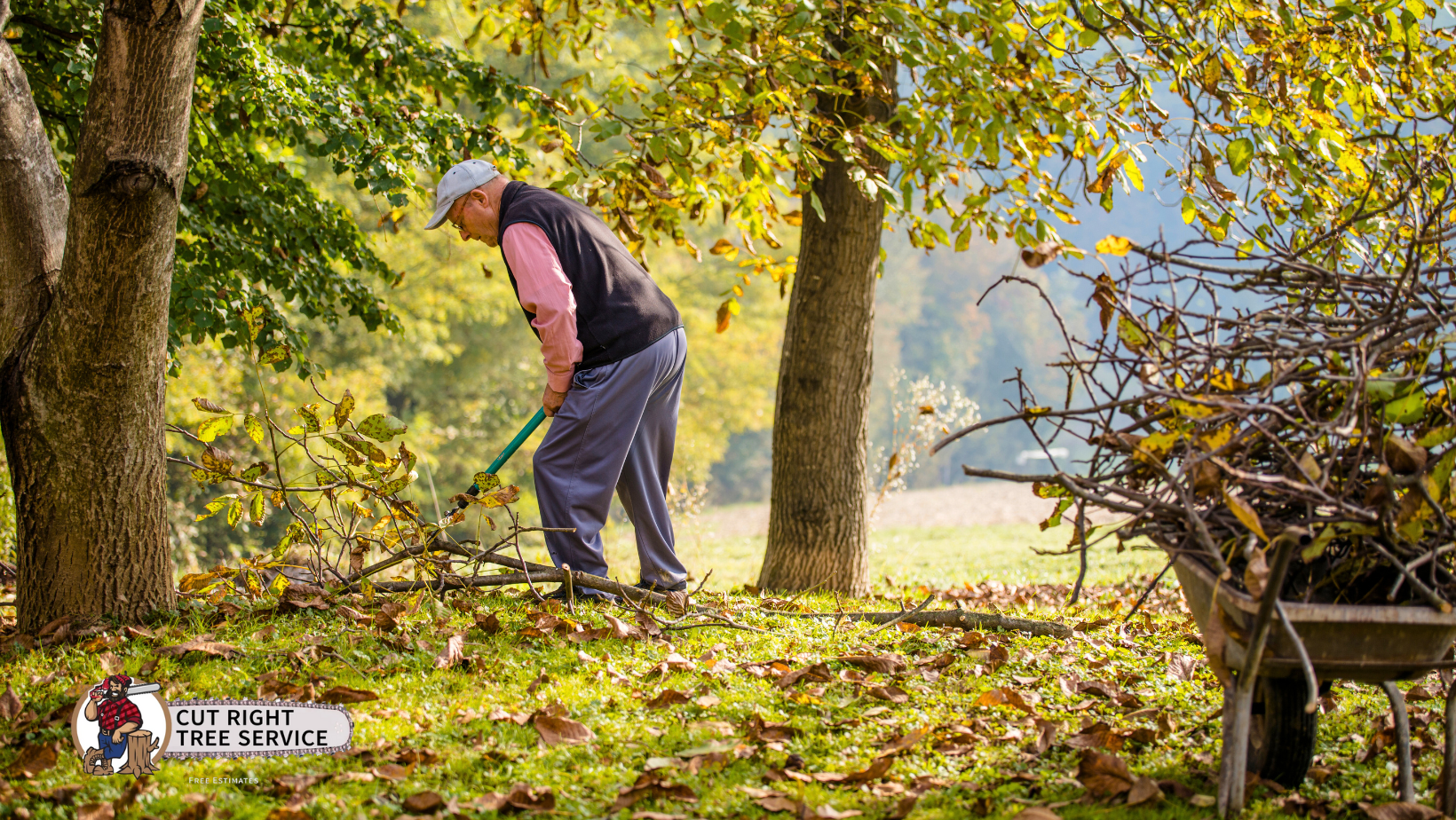
Cut Right Tree Service
Local Tree Service in Chattanooga, TN
Address: 3115 Curtis St
Chattanooga , TN 37406
Hours:
24/7 Emergency Tree Service
Licensed and Insured
TREE SERVICES
OUR SERVICE AREA
© 2024 All Rights Reserved Cut Right Tree Service
Web Design and SEO Services by ZaoMedia

